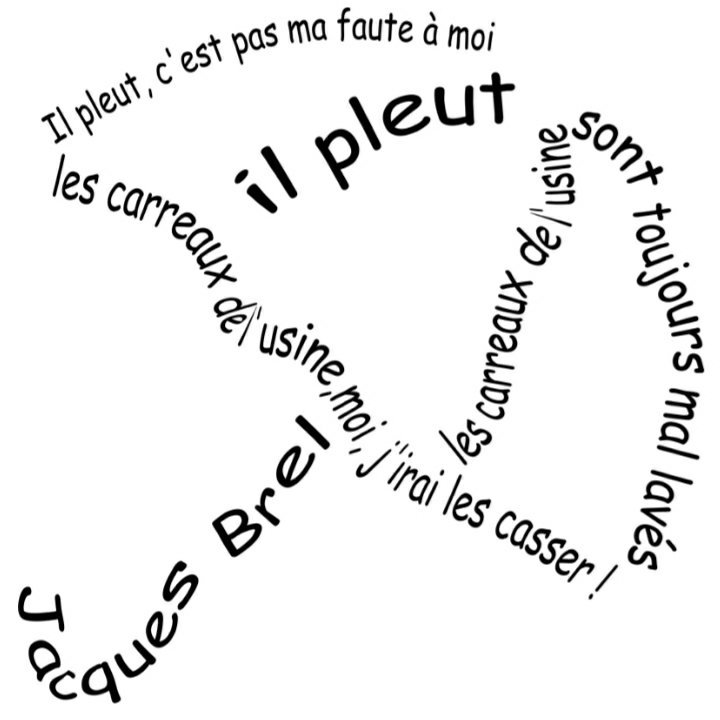

In fact, both the text and music of Poème d’un jour resonate compellingly with the leading poetic movement of the time, Parnassianism. The cycle thus invites a metapoetic exploration, suggesting a programmatic meaning beyond the trivial narrative. 9 Fauré’s cycle departs most strikingly from the Massenetien models in identifying the lyric protagonist as a poet, the “poète isolé,” as he calls himself in the first song. Massenet’s cycles provide an instructive foil for Poème d’un jour, whether Grandmougin wrote the triptych for Fauré, as Roy Howat and Emily Kilpatrick suggest, or whether Fauré assembled the three poems himself. 7 The final song of Poème d’avril bears a particularly suggestive epitaph:
#Poemes a 4 strophes exemple series
As Graham Johnson has pointed out, Jules Massenet had recently published a series of “poem” song cycles that trace similar tales of ephemeral love- Poème d’avril (1868), Poème d’octobre (1877), and Poème du souvenir (1878). Although the origin of Grandmougin’s three unpublished poems remains unknown, the title of the triptych suggests an intertextual allusion. 5 Jankélévitch objected to “the insincerity of the emotion,” and even the sympathetic Émile Vuillermoz confessed to hearing “more than a hint of the dramatic stage.” 6Ī more serious interpretation emerges if we heed Fauré’s title and read the cycle as a reflection on poiesis, the making of art. 4 Poème d’un jour has perhaps suffered most from a theatrical quality that critics have always detected in the first two songs-“much to the taste of singers” was Charles Koechlin’s discreet phrase. 21 songs is their relative mediocrity.” 3 The obvious connection between the romantic narrative and Fauré’s broken engagement of 1877 has also tempted scholars to collapse the cycle into autobiography. Vladimir Jankélévitch found no musical integration, but only “the unity of a sort of sentimental biography.” 2 As Robert Orledge less charitably remarked, “The only common factor of the three Op. (The key scheme appears even more clearly in the 1880 first edition, which transposes the autograph keys to B major, E minor, and E major.) 1 Yet despite the evident care Fauré devoted to Poème d’un jour, the work has rated as little more than a fashionable pastiche. The keys of Fauré’s autograph also follow a logical tonal plan from D-flat major to F-sharp minor to G-flat major-enharmonically, a V–i progression followed by a minor–major shift. The three early settings of poet Charles Grandmougin trace a brief love affair from infatuation, “Rencontre,” to rejection, “Toujours,” to resigned acceptance, “Adieu.” Musically, the songs cohere through a network of shared motives, accompaniment figures, and harmonic structures. Fauré composed the song cycle in 1878, thirteen years before he embarked on his six mature cycles, including La bonne chanson (1894), La chanson d’Ève (1910), and L’horizon chimérique (1921). Gabriel Fauré’s Poème d’un jour has never fared well among his critics.


 0 kommentar(er)
0 kommentar(er)
